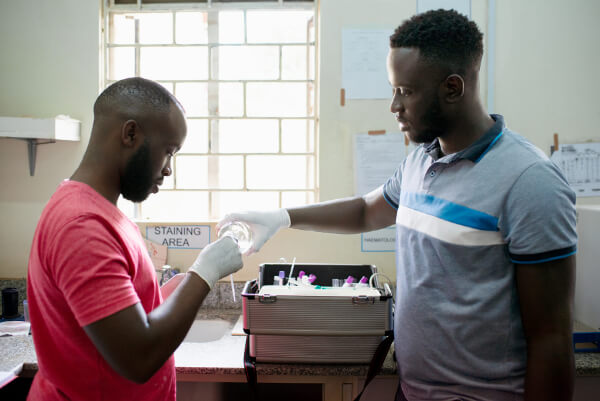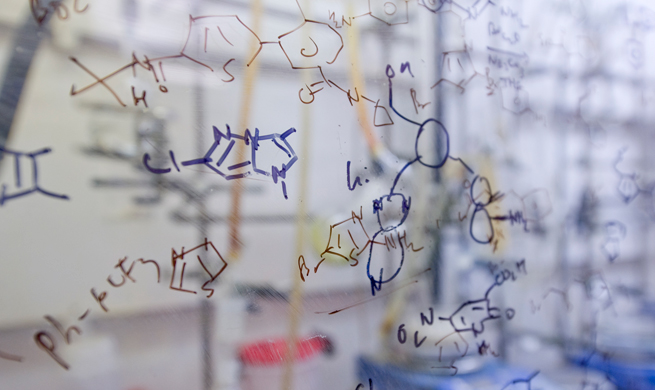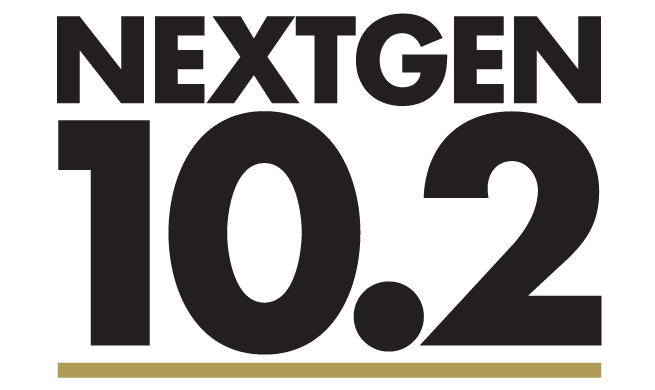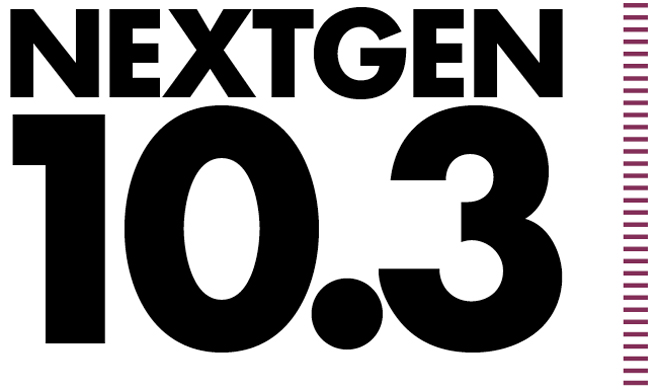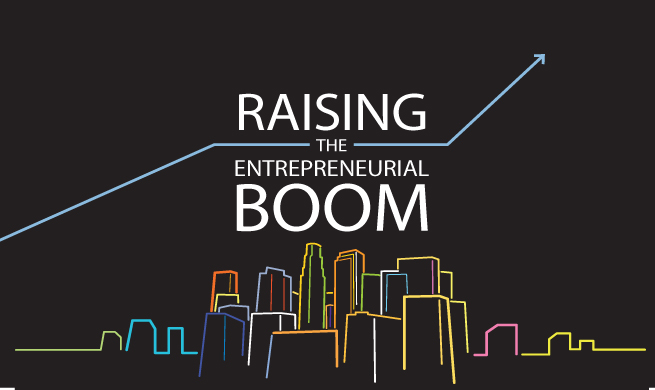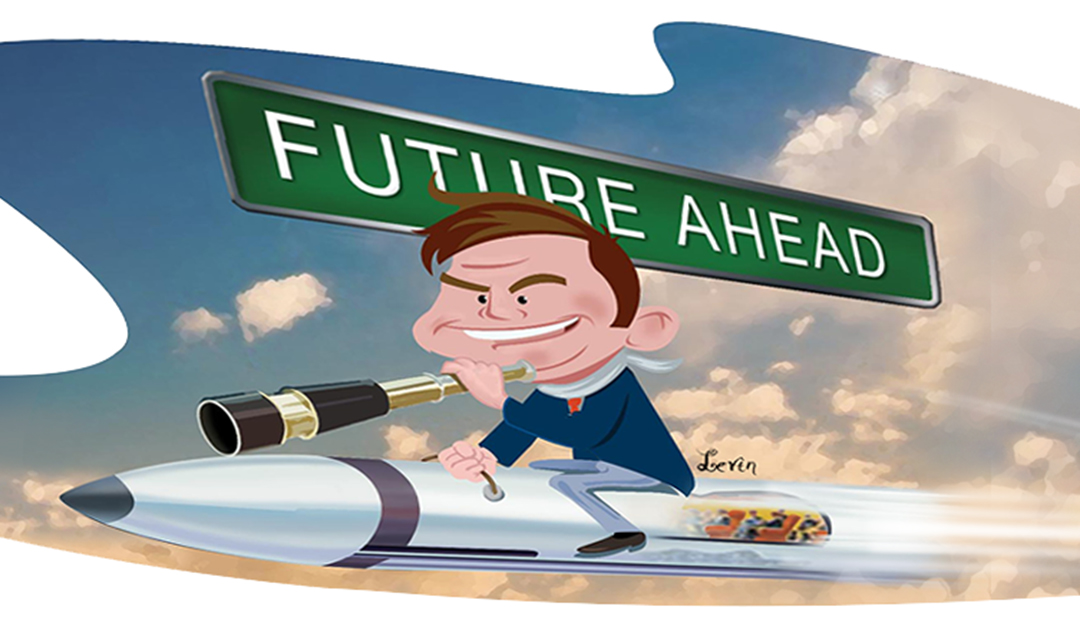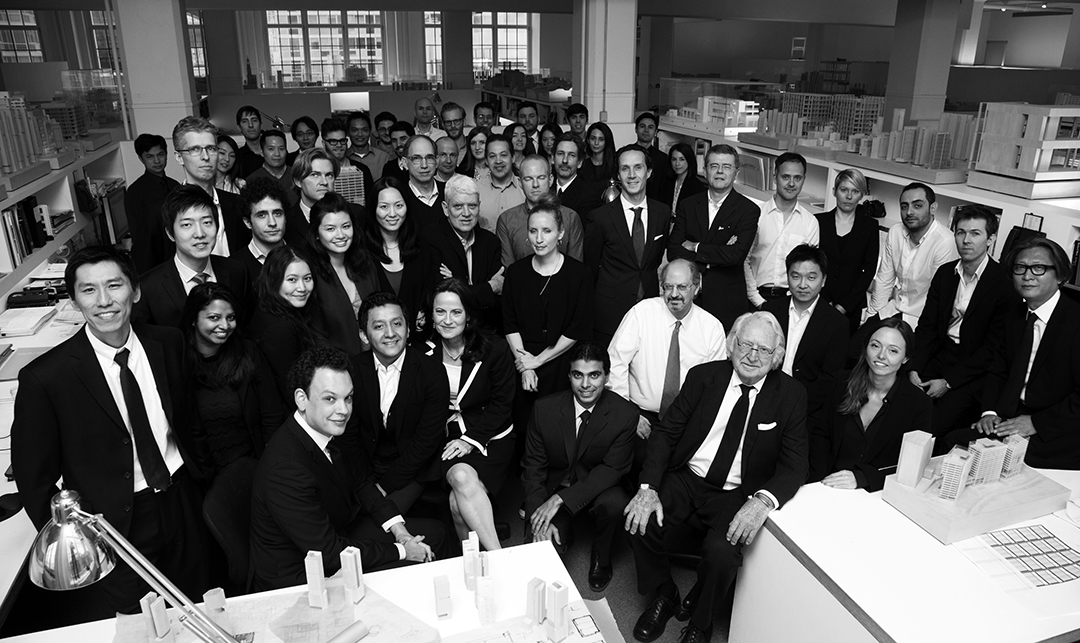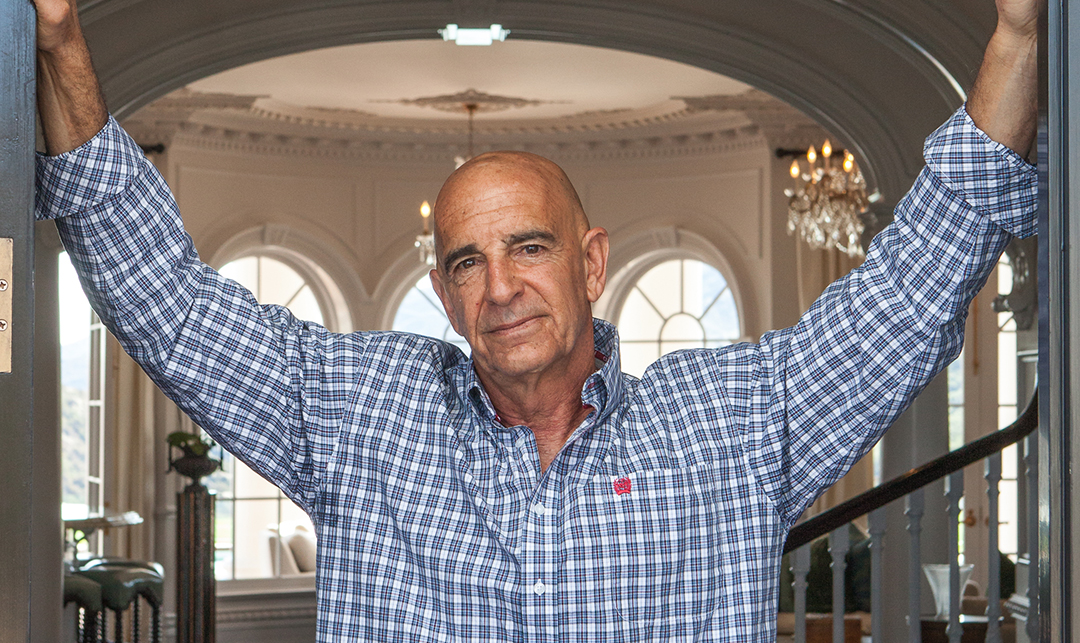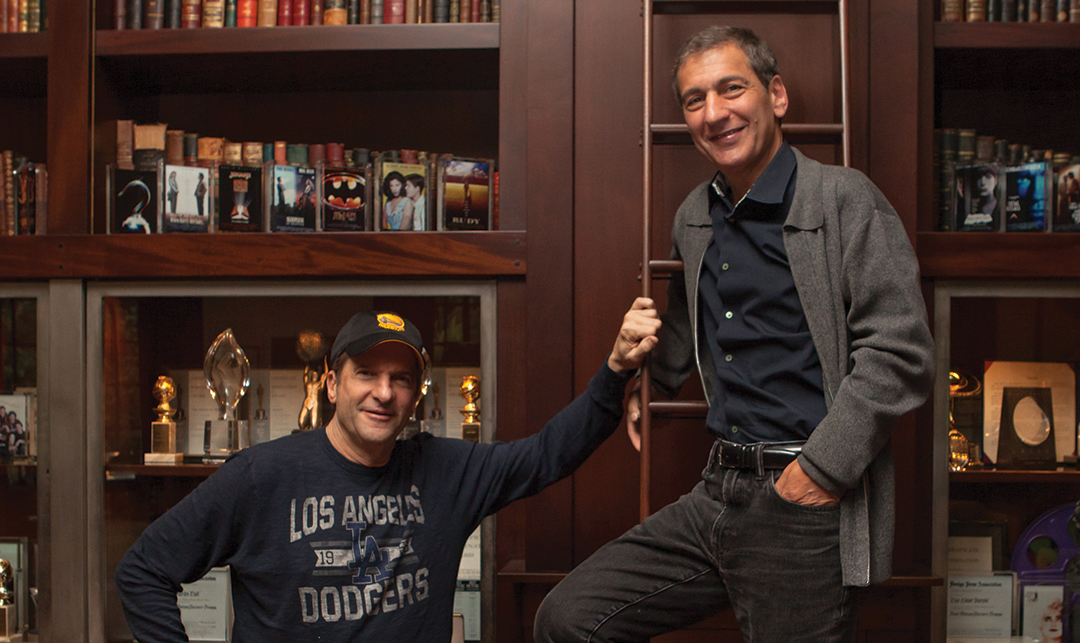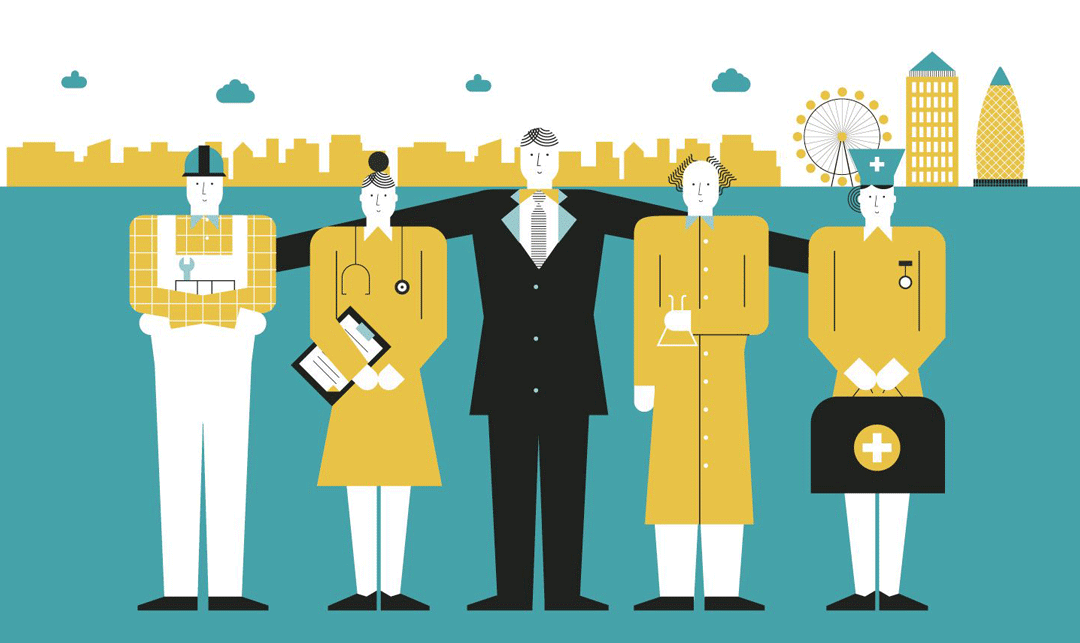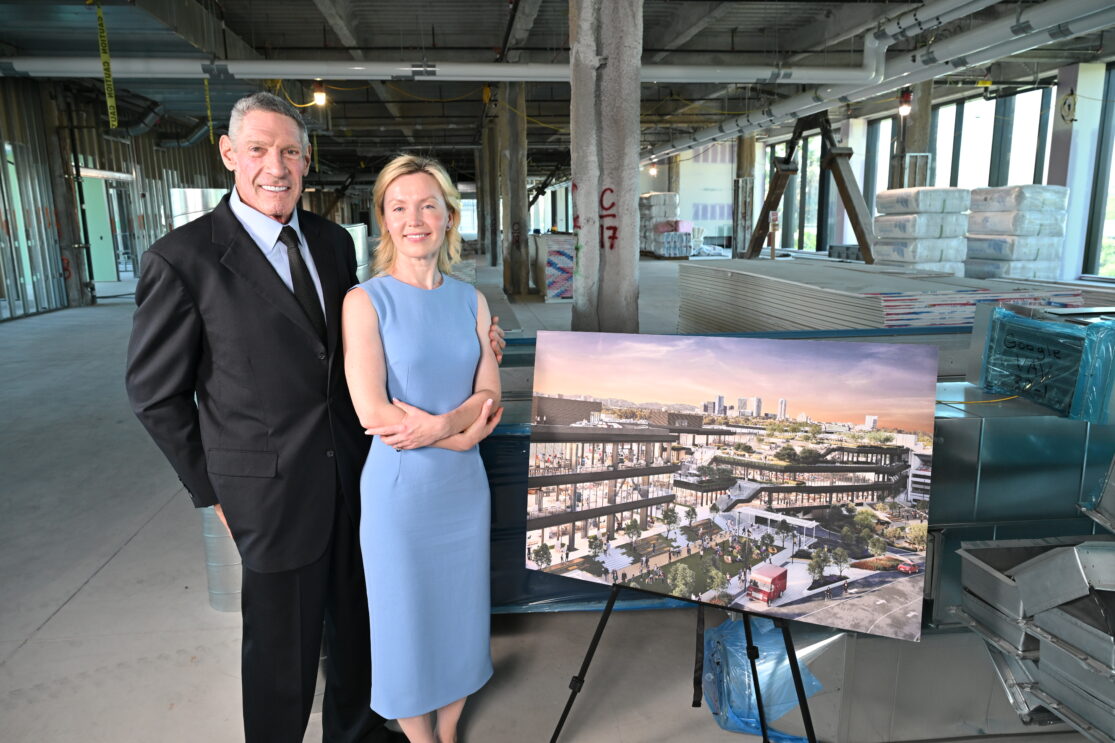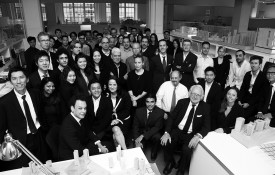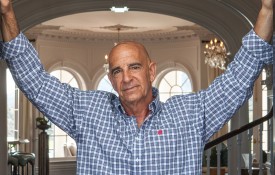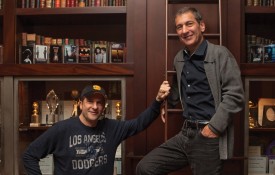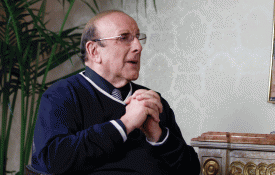Listen to the full interview with Dr. Michelson on the “Inside the C-Suite” Podcast.
In the U.S., roughly 2 million people are diagnosed with cancer every year. Many will undergo grueling treatments like chemotherapy or radiation to fight off the cancerous cells. Some will survive; others will not. But what if, instead of those treatments that are largely poisonous to the rest of the body, cancer could be prevented through a simple vaccine?
It may sound far-fetched, but for medical visionary and retired spinal surgeon, Gary Michelson, MD, these vaccines are just around the corner.
“I have no interest in developing pills that you take every day for the rest of your life,” he says. “I want to develop vaccines that are going to stop men from getting prostate cancer, stop women from getting ovarian and breast cancer, and stop everyone from getting lung cancer and pancreatic cancer.”
To make his vision of rapid vaccine development a reality, Dr. Michelson pulled together some of the biggest names in medicine, academia, and government and launched the California Institute for Immunology and Immunotherapy. Backed by Gov. Gavin Newsom and the state legislature and co-founded with Meyer Luskin, Dr. Eric Esrailian, Dr. Arie Belldegrun, Michael Milken and Sean Parker, the institute will be the primary occupant in the UCLA Research Park on the site of the former Westside Pavilion shopping mall.
Cancer vaccines, a form of immunotherapy, are some of the most successful new medications. Since it approval in 2006, Gardacil, which prevents certain human papillomavirus infections, has dramatically decreased cervical and other forms of cancer around the world. Other studies have also found certain immunotherapies can more effectively treat cancer than conventional chemotherapy and with fewer side harmful side effects
Throughout Dr. Michelson’s medical career, a seemingly insurmountable goal has never slowed him down. He’s a revolutionary, a visionary, and someone who knows that the healthcare industry can do things differently. Although the California Institute for Immunology and Immunotherapy is one of his proudest achievements, the ways in which he’s used medical innovation to change lives—and the practice of medicine itself—go far beyond this venture.

UCLA Research Park, which houses the California Institute for Immunology and Immunotherapy
LONG ROAD, CLEAR TARGET
At 7 years old, Dr. Michelson knew what he was going to do with his life. An unexpected and traumatizing event at his grandmother’s house started him down a path that would have more impact than a first-grader could have ever known. While he was waiting for his grandmother to cook lunch, a terrible smell filled the room. Young Gary looked over and saw his grandmother’s arm on fire. “Flames were going up her arm, I was screaming, it was horrific,” he says.
His grandmother suffered from syringomyelia, where a cyst forms under the brain and crushes the nerves that transmit pain and temperature sensations to the brain. She couldn’t feel the fire at all. Once she bandaged up her arm, she turned to her grandson and said, “When you grow up, you’ll be a spine surgeon, and you can fix this.”
“They say you can’t play football if you don’t know where the goalpost is,” Dr. Michelson says. “In that moment, I knew where the goalpost was—it was to become a spine surgeon.” After 25 years of education and training, Dr. Michelson could proudly call himself a spine surgeon. Many of his medical colleagues thought he was crazy for going into that profession because, back then, outcomes were good only about 50% of the time. To Dr. Michelson, the poor success rates in the specialty didn’t feel like a deterrent, but an opportunity.
990 PATENTS LATER
Early in his career, Dr. Michelson was performing surgeries that required four units of blood and two-week hospital stays for recovery. Today, those very same procedures are performed in an afternoon through a small incision, and patients are sent home the same day. This drastic shift wouldn’t have happened without Dr. Michelson’s inventions.
As a surgeon with large hands, Dr. Michelson’s patients needed even larger incisions in order for him to repair their spines. But then he decided to pursue an alternative solution. “I invented a lot of the technology we use today that allows spinal surgeries to be done through a tiny incision, without requiring a doctor’s hands to go inside the patients at all,” he says.
By designing new processes, instruments, and technologies, he set a new standard of care for his patients—and patients around the world. “Fusing lumbar spines used to involve massive operations that stripped the muscles off the spine entirely, cracking the bones, and rebuilding the structure with screws and pins,” he says. “Now, we simply take out the disc and replace it with the fusion itself. There’s no blood loss, and the procedure takes 45 minutes.”
Shaking up the entirety of the medical industry is sure to come with some complications. When it came to the ownership of his inventions, Medtronic challenged Dr. Michelson in court, resulting in the largest IP litigation in history. In 2005, the jury ruled in Dr. Michelson’s favor, and he received $1.3 billion in the settlement. Today, Dr. Michelson has 990 patents to his name, and the leverage needed to push boundaries at the crossroads of the medical industry: innovation and financing.
REDEFINING ROI
When he set out to become a spine surgeon, reaching billionaire status was never the goal. Dr. Michelson simply wanted to help people. While many entrepreneurs and inventors see return on investment as the amount of money they make from a venture, Dr. Michelson sees it as the amount of social good he achieves for each dollar spent.
With that mentality, Dr. Michelson has been able to focus on causes both inside and outside of medicine that are changing people’s lives. In 2008, he learned about a group of professors at Santa Ana College who were going to donate money so that students could afford their textbooks and continue their education. This sent him on a mission to transform the world of textbook publishing.
“Instead of selling books, I planned to give them away for free,” he says.
To date, this initiative has saved students in the U.S. more than $1.7 billion.
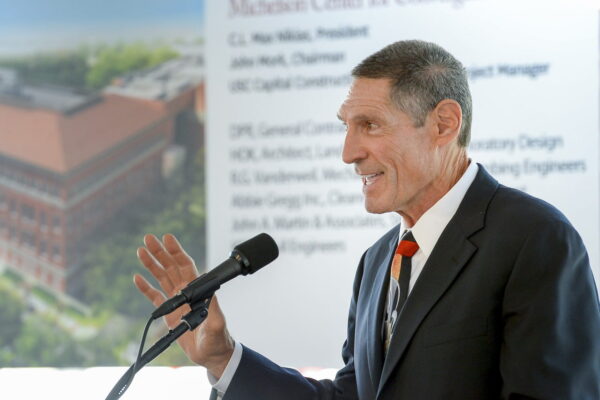
Dr. Michelson speaks at the groundbreaking of the USC Michelson Center
BIOTECHNOLOGY: THE SECRET TO AFFORDABLE HEALTH CARE
Although he’s now retired from his spinal surgery career, Dr. Michelson isn’t leaving the medical space anytime soon. The California Institute of Immunology and Immunotherapy is in its infancy, and standing up an initiative this comprehensive is going to take a lot of dedication, resources, and, of course, innovation. In his eyes, the key to making health care more affordable, accessible, and targeted is biotechnology.
“As the U.S. population ages, medical expenses are expanding at a rate that’s three times the rate of inflation,” Dr. Michelson says. “Biotechnology is the answer to making medical care affordable because we can’t afford it the way it is right now.” He says that using biotechnology to create treatments, vaccines, and medicines that are the most effective and most compatible with each individual patient can lead to stronger outcomes, lower expenses, and a better distribution of resources.
However, as an industry expert, Dr. Michelson knows that innovation alone can’t solve the complex problems in the health care system. The government needs to take action, too. Right now, big pharmaceutical companies buy out new drugs and treatments from academic institutions, attach a massive markup to them, and sell them to consumers for exorbitant prices, especially in the U.S. For example, a new two-dose vaccine was created that prevents HIV transmission for life. Although it only costs $45 to manufacture, the price tag for patients is $45,000.
“It should be a requirement that if technology is licensed or sold, whoever acquires it cannot charge U.S. citizens more than they charge in other developed countries around the world,” Dr. Michelson says. His reasoning is simple: Often, research and development for these treatments are funded in large part by taxpayers. Today, Americans foot the bill for medical innovation, and then foot the bill again to access that innovation. The institute is working to change that.
THE BEST SOLUTIONS REQUIRE THE BEST PEOPLE
Equipped with AI, big data, and quantum computing, the institute hopes to usher in a new generation of bioscience. Like Dr. Michelson’s early career, the road is winding, but the goal is clear: Hire 5,000 of the best-of-the-best in their fields. “We need to bring together computational scientists, chemists, engineers, doctors, and more—and we have to fund it all,” he says. Along with the rest of the leadership team, Dr. Michelson knows that with the right people on board, everything else will fall into place.
“I believe that, within five years, we will have developed at least two vaccines that prevent cancers,” he says with confidence. “Not only do we have a diverse population of people in Los Angeles to conduct testing and make sure our vaccines work well with all different people, but we’re also pre-approved by the FDA to manufacture our drugs.”
As the momentum around the California Institute for Immunology and Immunotherapy builds, Dr. Michelson is staying grounded. He’s forming a plan, crafting a vision, and ensuring that the best people are in place to make that plan happen. That lesson he learned as a first-grader—that identifying the goalpost is foundational in any endeavor—still rings true today.



